For a Street Photographer, city tourism is tough.
You are in an iconic place. You want to connect to it. Learn about different histories. Broaden your perspectives and deepen your understanding of the world. Collect stories to remember and talk about later.
What do most people do? Join queues. Visit museums. Do bus and boat trips. Make selfies. Check-in on social media. Go home. Play it again in the following holidays.
While traveling, I’m always in street photography mode. If I don’t have my camera, I use my phone.
I’m lucky to travel often for work.
When I travel to a new or unfamiliar city, I try to find free time to explore. Do I visit a museum or take a city tour? I might have the time, but my obsession gets in the way.
I photograph people, look for blips in normality, play with light and shapes, and notice details others ignore. Why should they, anyway?
Time passes. At the end of the day, I feel that what I photographed could have also been done near my home. Am I missing opportunities to know places better by not doing proper tourism?
I can moderate my impulsiveness when traveling with friends or family. I feel then that I am also taking a holiday from street photography.
When I’m alone, it’s a different story. I compulsively hold my camera whenever I have free time.
Street (tourism) Photography in Istanbul
Last week, I traveled to Istanbul for work. It was my first time there.
This time, I took a different approach. It was still far from the usual tourist stereotype, but it was fun.
People are drawn to Istanbul for its rich cultural history and unique blend of East and West. It is mind-blowing that you can go from one continent to another within the same city only by crossing a bridge over the Bosphorus.
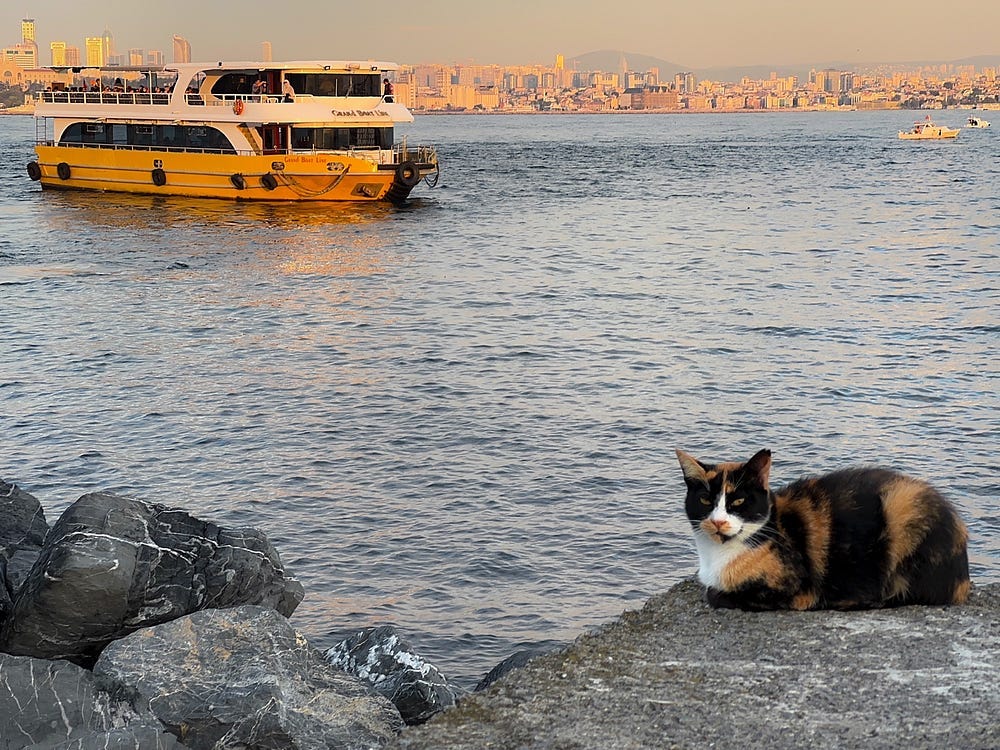
I stayed in one of the city’s hearts. In the Sultanahmet neighborhood.
With limited free time (just one afternoon), I researched and picked four landmarks.
My idea was simple.
For each landmark, I aimed to take a travel-type photograph with a fine art touch, to not like too much as a postcard, and a street photograph.
Just one photograph of each type, which is a challenge in itself but also part of the fun.
With a travel photograph mindset, you could say that making photographs while you travel is collecting the world. The photograph is the physical medium that connects your experience of being there to your future self.
You could argue that street photography achieves the same, but adding context can enhance it.
When I look at a street photograph I made, I usually remember most of the making-off details. Adding context enriches the experience of viewing your photographs later. Here, context means classic travel photography that sets the scene and builds the narrative of your experience in a new place.
As a bonus, photographing a meaningful cultural or social monument (or area of a city) usually involves research. This research and the photograph fill the empty-handed sentiment I mentioned earlier.
The Blue Mosque and Snapshot Addiction
The Blue Mosque is an architectural masterpiece and a must-see in Istanbul. It has imposing domes that turn from grey to soft pink with night illumination, six minarets, and an interior adorned with countless handmade blue Iznik tiles. It’s one of the world’s most revered religious sites and can be visited for free.
Unfortunately, some minarets, such as the nearby Hagia Sophia, were under restoration and surrounded by scaffolding. That would make a classic frontal photo of the mosque unbalanced and unpleasant. I decided to remember the mosque later with a night portrait with a moderate 50 mm zoom (35 mm equivalent).
As a street photographer, I don’t document events. I explore the people present, aiming to find my event within the event.
The “event” can also be a cultural landmark like (my) Blue Mosque.
The trick is to avoid the event in the photographs and observe the more interesting things around the edges. Reporters or travel photographers can document the event.
You should look for “triggers” that can stimulate your senses. Again, the aim is to find your own event within the big event.
I know it’s a street photography cliché to photograph tourists taking pictures. But when you pay attention, the opportunities are many. You just need to turn your back to the landmark.
My best shoot at the Blue Mosque is not a single photograph but a series that works as a whole.
Looking at his expression in the sequence below, I keep asking myself what he is afraid of…
The Grand Bazaar and Rush Energy
The Grand Bazaar is one of the world’s oldest and largest covered markets. Its impressive labyrinth of booths selling spices, jewelry, and every other traditional Turkish good you cannot imagine is both a tourist and street photography paradise.
With 30 hectares, over 4,000 shops, and a maze of entrances, photographing the Bazaar from the outside is challenging. It’s better to remember it from the inside with a slow shutter speed to capture its frenetic energy.
My preferred technique to capture the energy and essence of such a place is based on a slow shutter speed of 1/8 of a second. This setting balances maintaining a reasonably sharp subject and creating a dynamic, blurred background that conveys motion. I prefer shooting at waist level with a tilted screen to blend in with the crowd. Key settings include a wide focal length of 24 to 35 mm, continuous auto-focus, and face detection. I lock my arms to my body and move like a tripod to match my subject’s pace, often shooting in burst mode to capture the perfect moment.
I made several photographs that I like. My favorite one, which captures my intention, is of a woman swimming through the shops with her mother following closely behind. The mother seemed to wonder whether I was taking pictures or just scrolling through them on my LCD.
The Divan Yolu Caddesi and Where Giants Meet Humans
The Divan Yolu Caddesi is one of the most historic and famous streets in Istanbul. It originally served as the main road of the Byzantine Empire, known as the “Mese.” It stretches through the heart of the old city, starting from Sultanahmet Square and leading toward the Grand Bazaar.
Hectic activity, shops, restaurants, people commuting in trams that pass every minute, a blend of locals and tourists. Nothing too special, to be honest.
One thing that caught my attention was the kiosks everywhere selling roasted chestnuts and corn. They are particularly attractive at night, resembling yellow human spotlights across the street.
Trams travel up and down this street almost every minute.
Their passenger platforms are busy during the day. They are slightly elevated and have glass protections.
It is a wonderful playground for a street photographer who wants to play with reflections to tell stories of a “land where humans live among giants.”
You must get close to the glass protections and blend the reflections of people walking at street level with those on the platform behind the glass. It’s great fun and requires some trial and error.
Taksim Square and the Story of the Kid Who Feels Alone
As the heart of modern Istanbul, Taksim Square represents the city’s modern energy.
One of the most photographed scenes in Istanbul is the iconic tram crossing Istiklal Avenue.
I was there, and I wanted to digitally imprint what I was seeing. A slow tram organically going through the crowd. There was no honking—just moving slowly and carefully. Again, a slow shutter speed and vintage post-processing were the right choices.
With so many people on the streets, there are plenty of photographic opportunities. The key is to capture the specific story you want to tell.
The photograph below is about the injustice felt by a boy who appears cut out from the wonderful virtual world because he is too young to own a smartphone.
Whether you’re a street photographer, a tourist, or somewhere in between, remember to look beyond the obvious. Turn your back to the landmark every once in a while. You might just find your own unique story waiting to be captured.




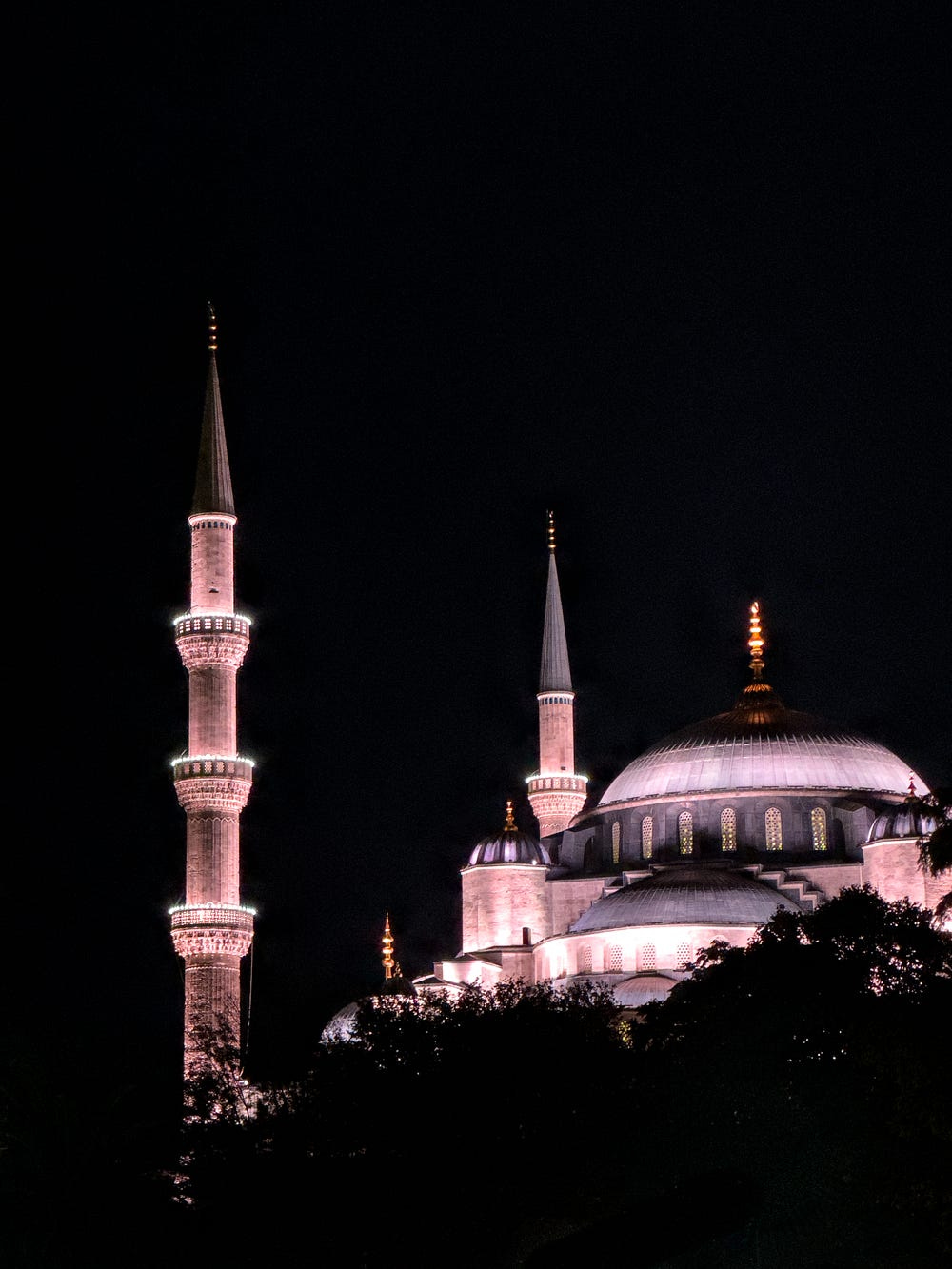
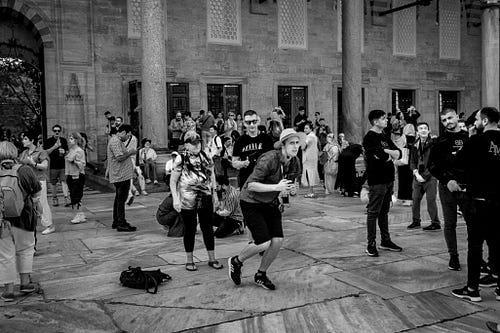
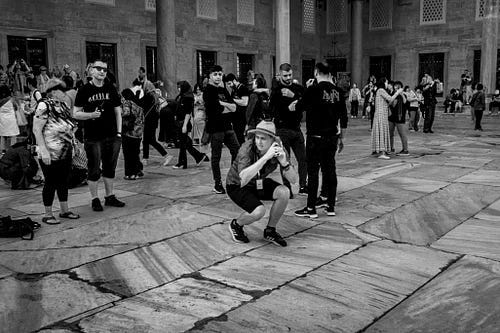
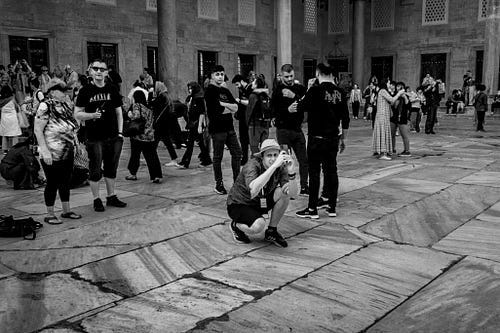
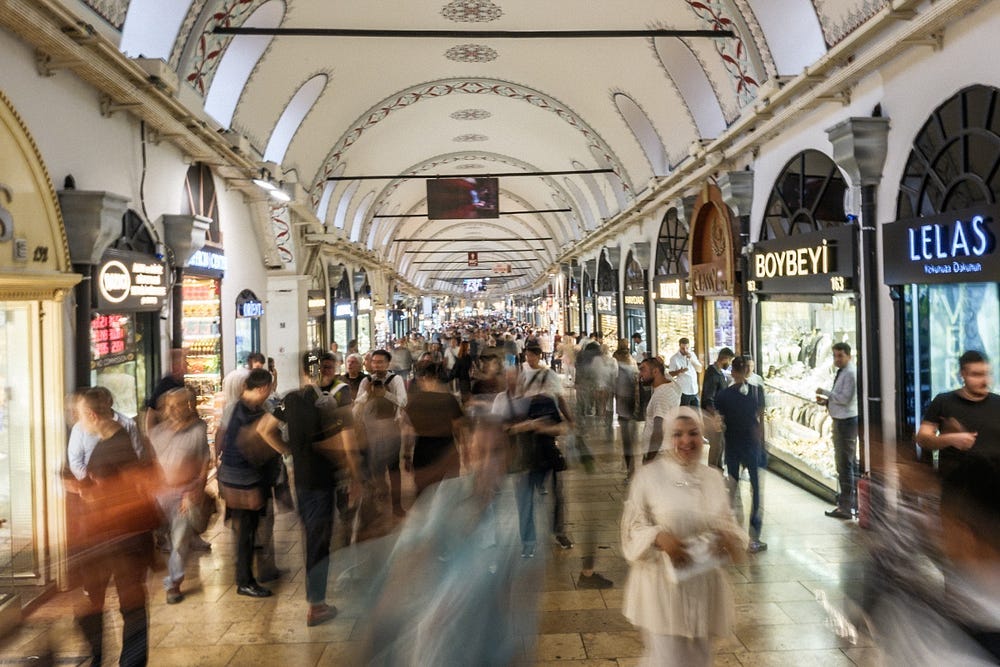
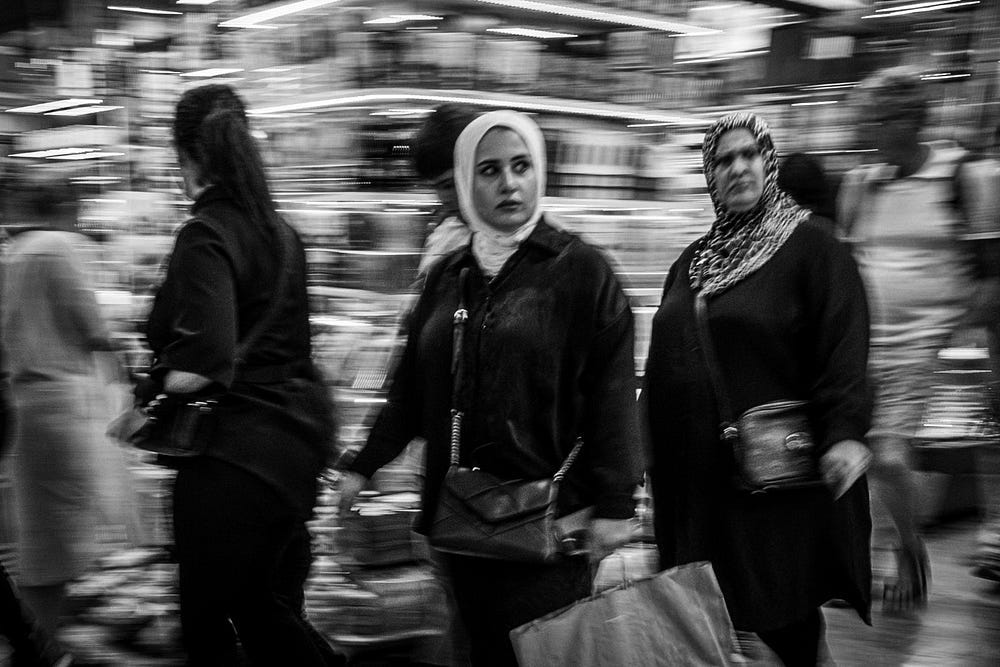
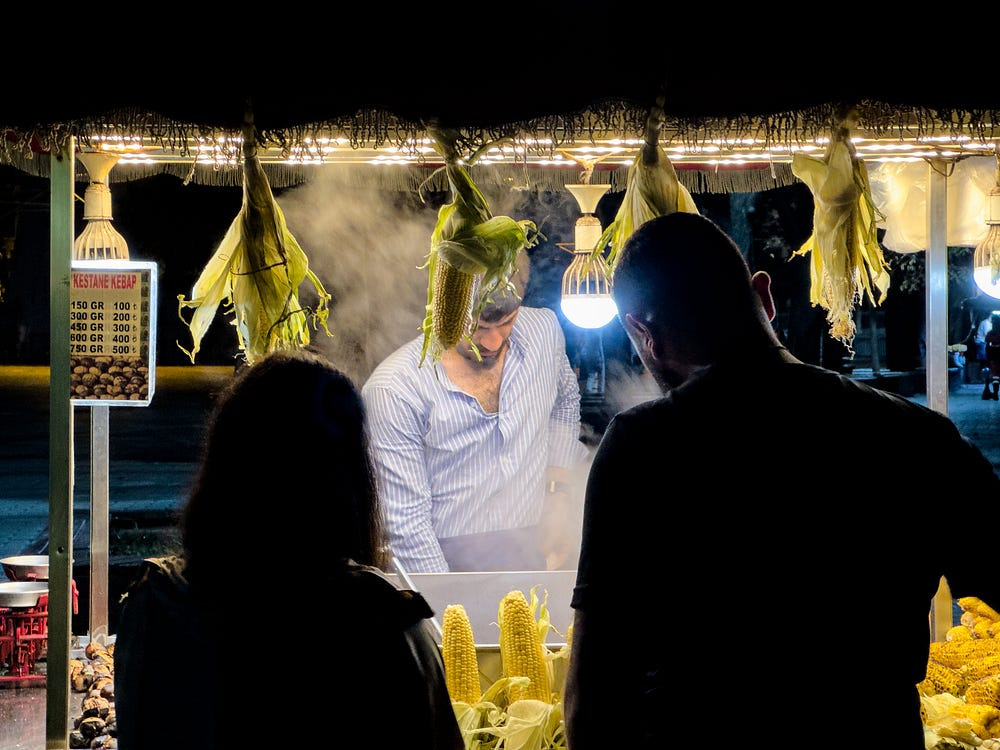
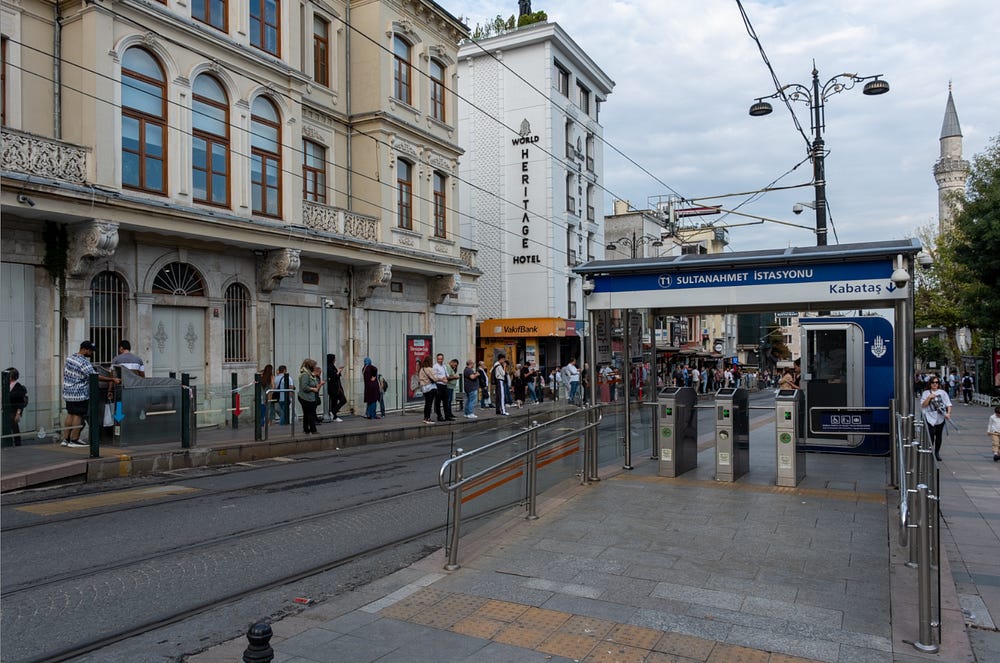
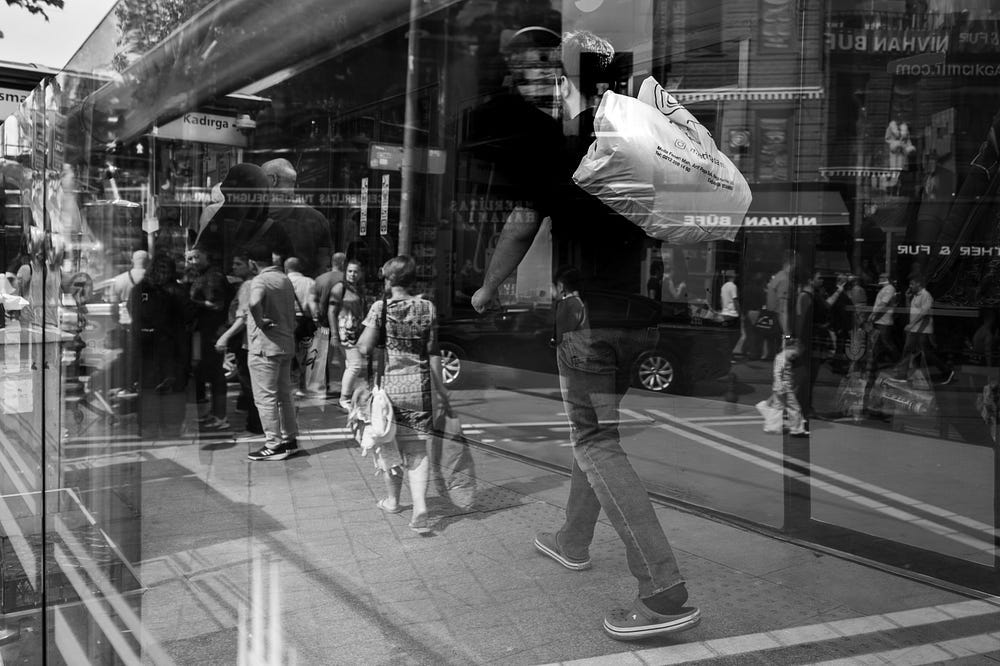
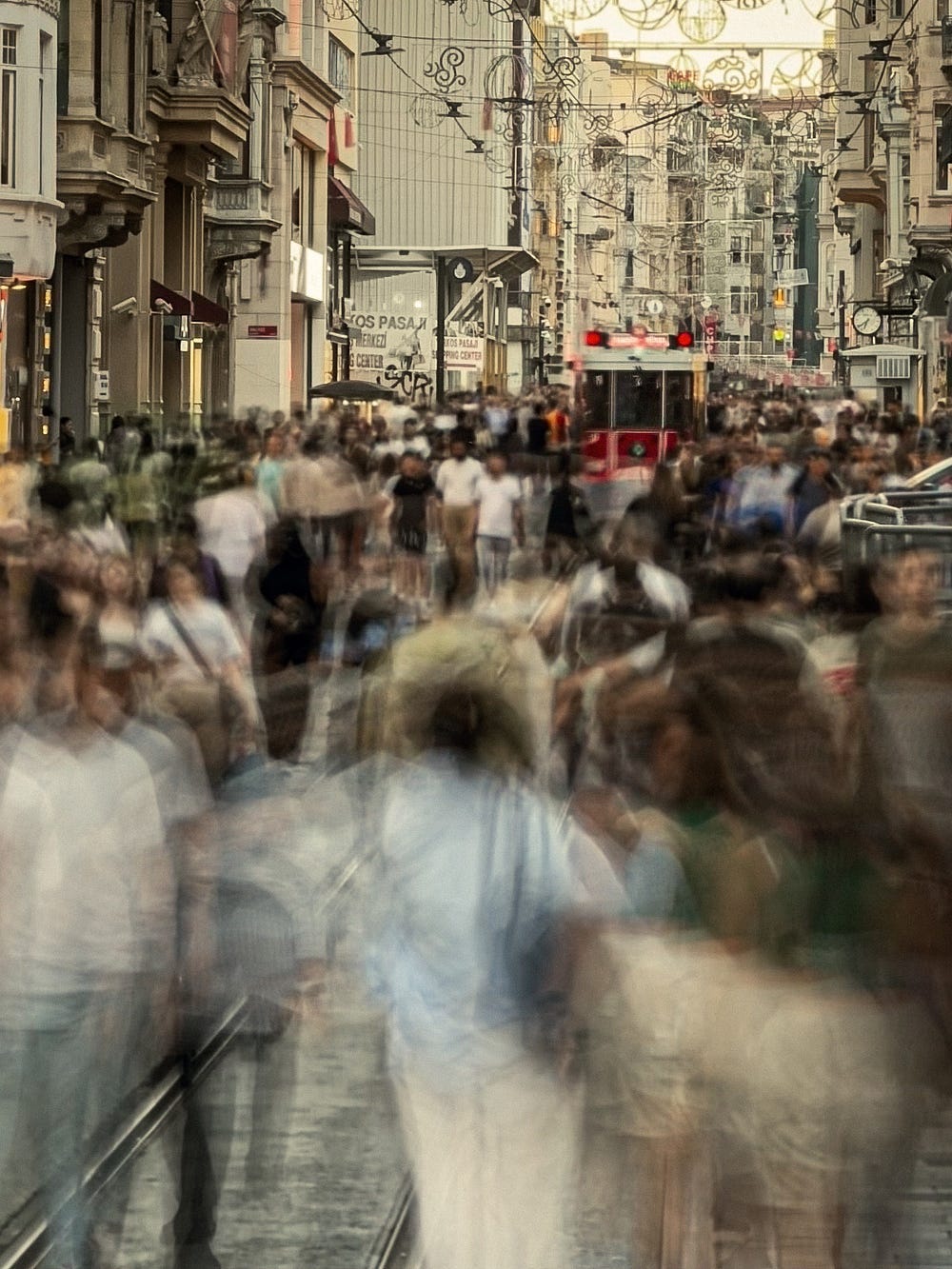
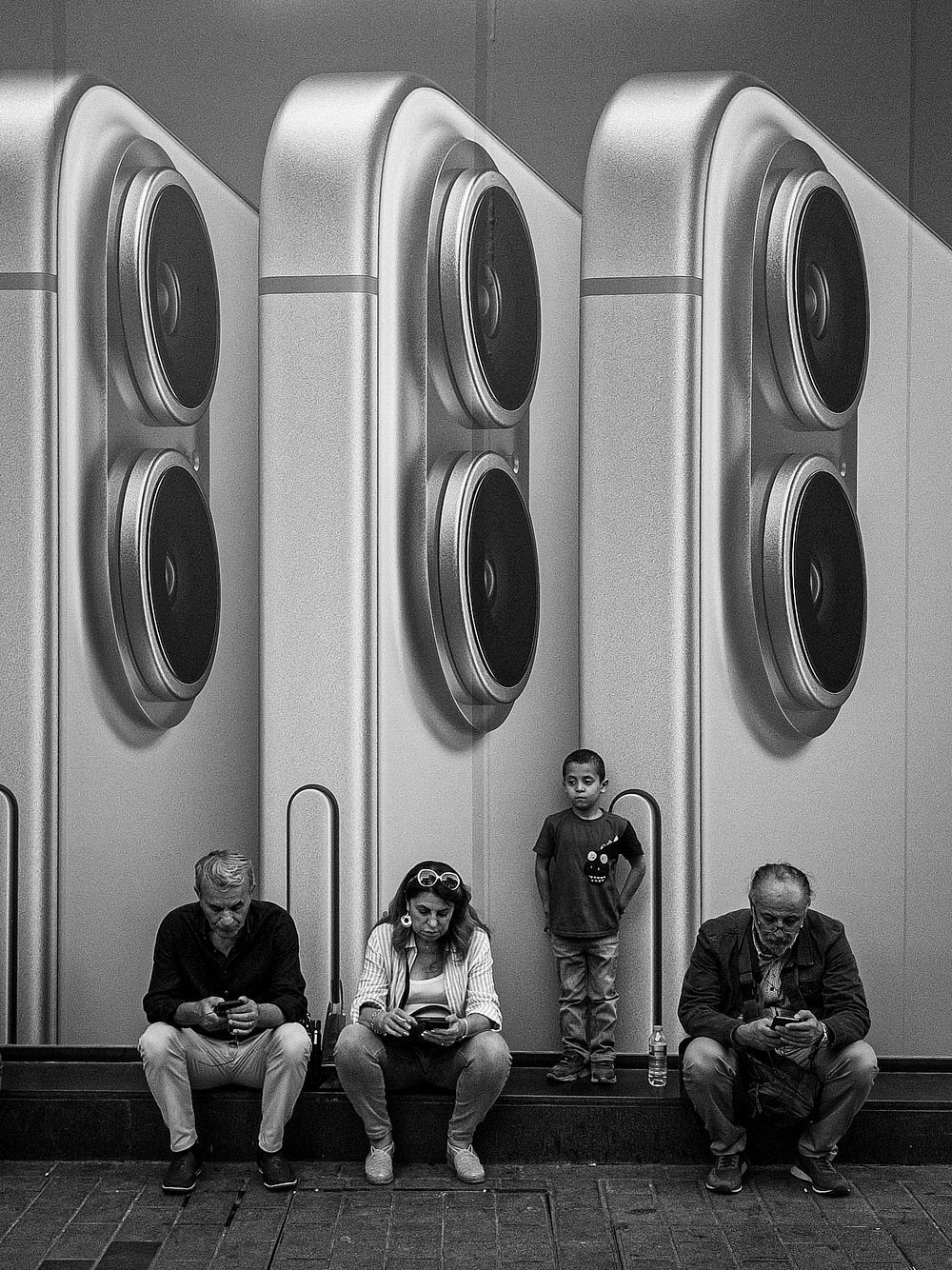



The 2 last photos i find especialy amazing👌👌
The Grand Bazaar photographs are lovely Fernando.